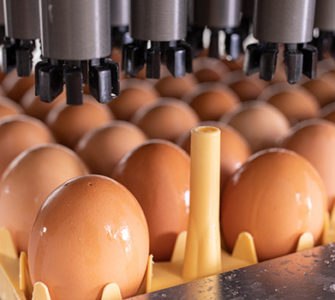Resistance will continue despite new rules, professor predicts
New rules governing the use of antibiotics in food animals will not reduce antimicrobial resistance, a Kansas State University professor has predicted.
“If antibiotic resistance is the issue, that is what we need to be monitoring and we need to be monitoring it on a local level,” Dan Thomson, DVM, PhD, professor of production medicine and epidemiology, said at the National Cattlemen’s Beef Association convention, San Diego.
Thomson outlined the new veterinary feed directive (VFD) rule that takes effect January 2017. It requires a VFD for all medically important in-feed antibiotics used in food animals. The federal government also plans to collect data on antibiotic use in food animals and analyze trends in human resistant infections.
These efforts will provide a more comprehensive and science-based picture of antibiotic drug use and resistance in animal agriculture, Thomson said, but “The most common cause of antibiotic resistance in human beings is the over-prescribing of antibiotics by medical doctors. ”
Five years from now, the data will show that antibiotic use is down, but resistance will persist, the professor said.
He believes the risk of contracting food-borne antimicrobial resistant infections in the US is low due to food safety programs and that a more likely risk is the transfer of resistant infections among pet owners since less attention is paid to the kind of drugs given to small animals.
Nevertheless, new regulations affecting antibiotic use in food animals are in place and will change common past practices, Thomson continued.
Posted on August 1, 2016

















